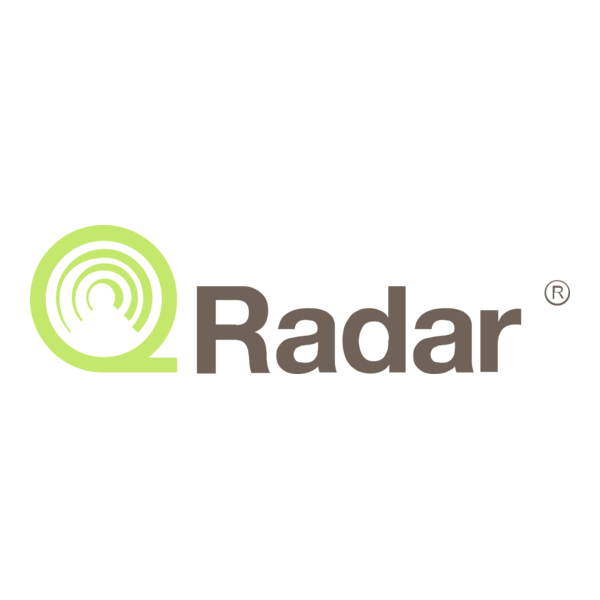## Pricing Analysis
Automation platforms, such as SOAR solutions, usually price by the number of playbooks, incidents, or integrations supported. Mid-sized organizations may start at tens of thousands annually, while high-volume enterprises with large SOC teams processing thousands of alerts daily can spend several hundred thousand or more.
Costs increase with customization and integration into existing SIEM, ticketing, and workflow systems. Premium tiers often include advanced orchestration libraries, low-code workflow builders, and professional services for tuning use cases, which significantly expand total investment.
## Quarterly Trends & News
| Theme | Update |
|---|---|
| **Open standards adoption** | OCSF and OpenTelemetry simplify data ingestion and interoperability. |
| **SOAR redefined** | Traditional SOAR platforms are being absorbed into SIEM/XDR as AI copilots enhance automation. |
| **AI copilots for analysts** | Assistants triage, enrich, and recommend response actions, cutting MTTR. |
| **Defensive knowledge graphs** | Frameworks like MITRE D3FEND formalize defensive countermeasures for automation. |
| **Cost-driven automation** | Teams automate repetitive tasks (enrichment, case management) to combat alert fatigue. |
## Common Terms & Definitions
| Term | Definition |
|---|---|
| **SOAR** | Security Orchestration, Automation, and Response—automated workflows for incidents. |
| **OCSF** | Open Cybersecurity Schema Framework for normalized security data. |
| **OpenTelemetry (OTel)** | Standard for collecting logs, traces, and metrics across systems. |
| **Playbook** | Predefined sequence of automated response actions. |
| **D3FEND** | MITRE’s ontology of defensive techniques to guide control mapping. |





